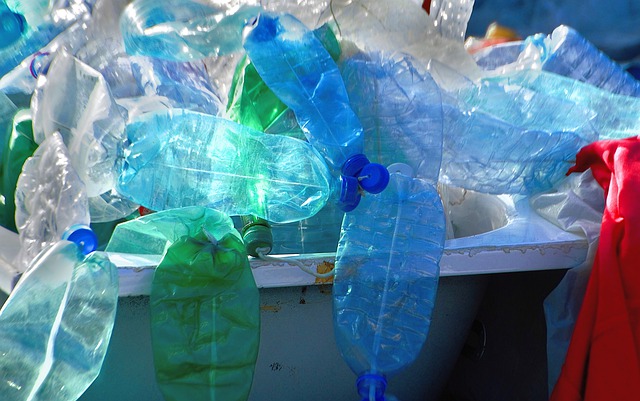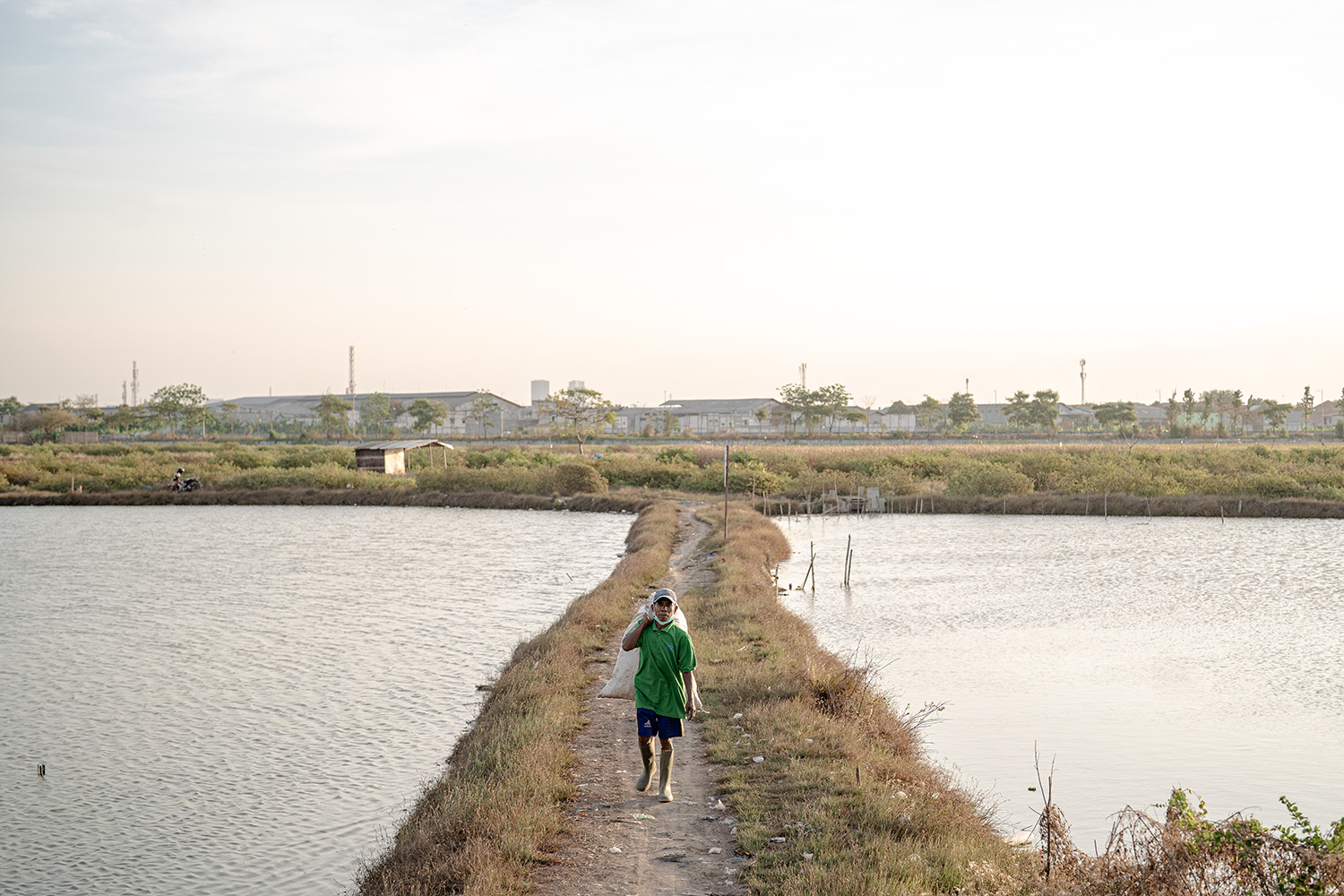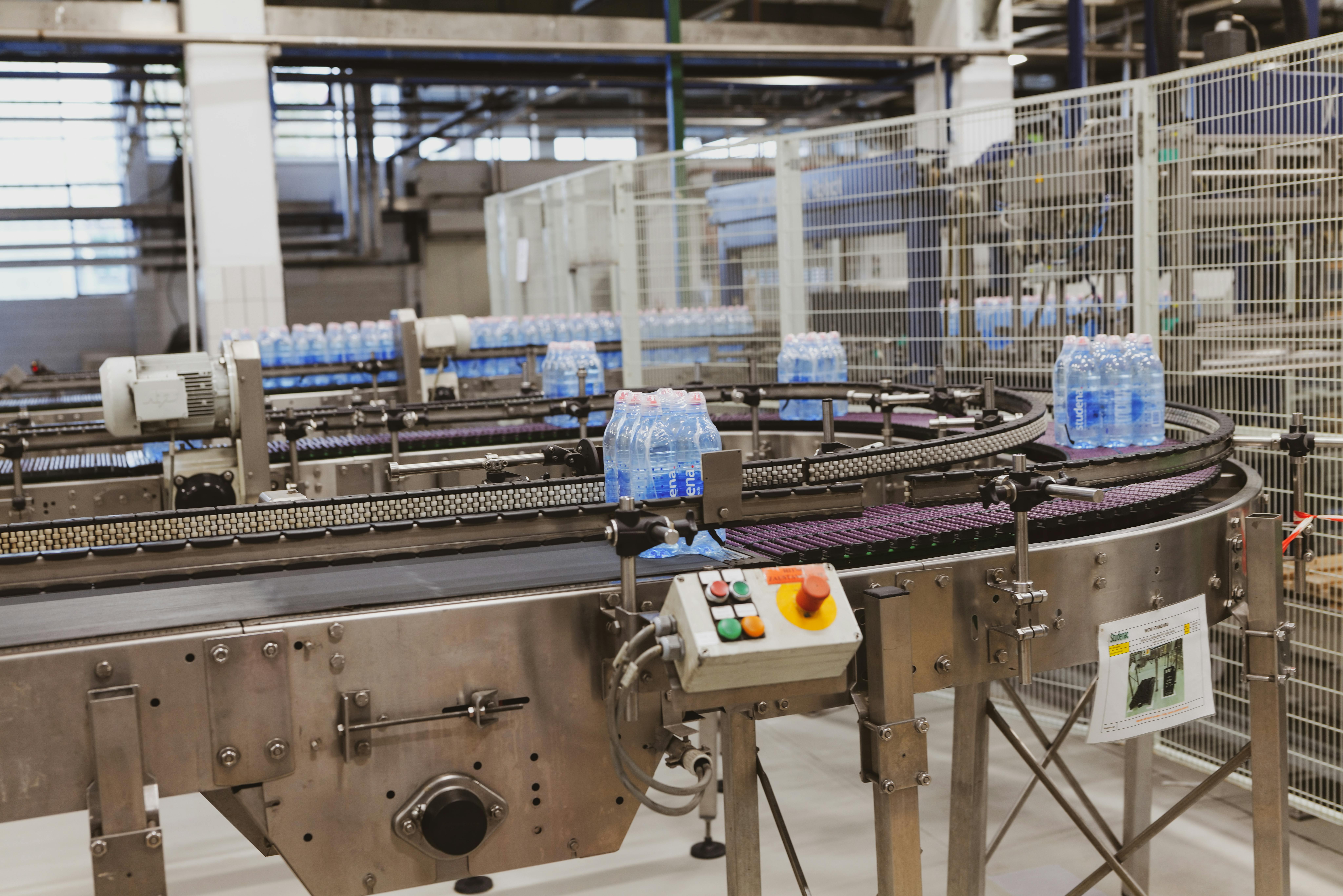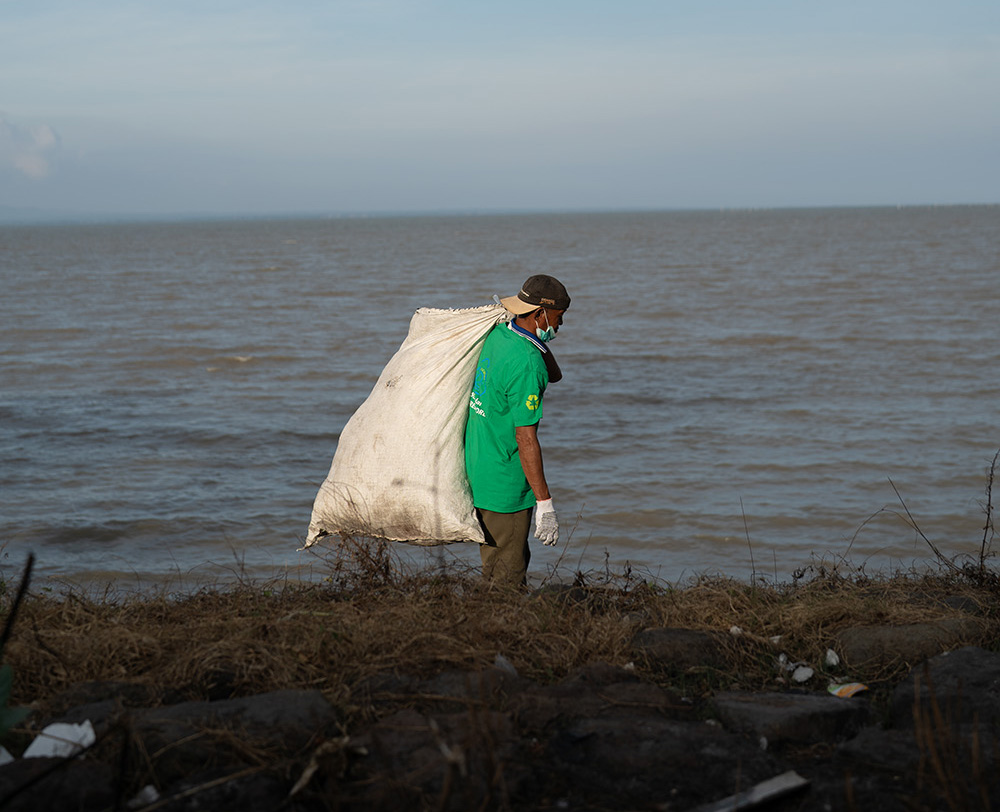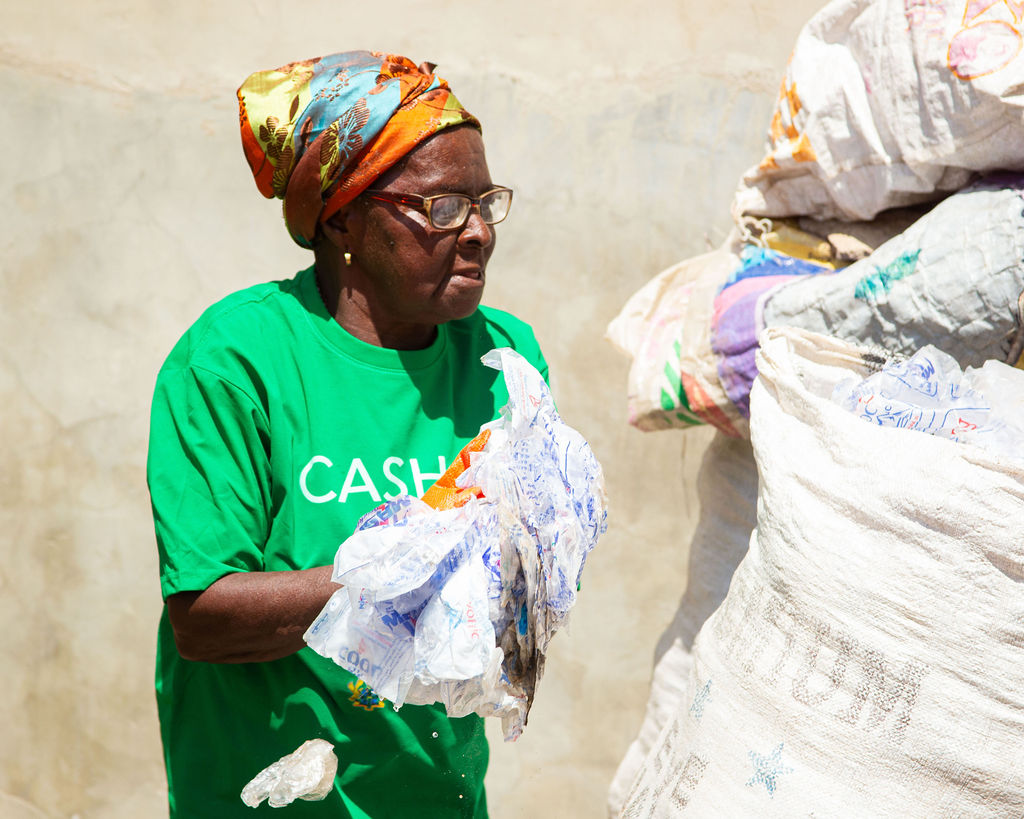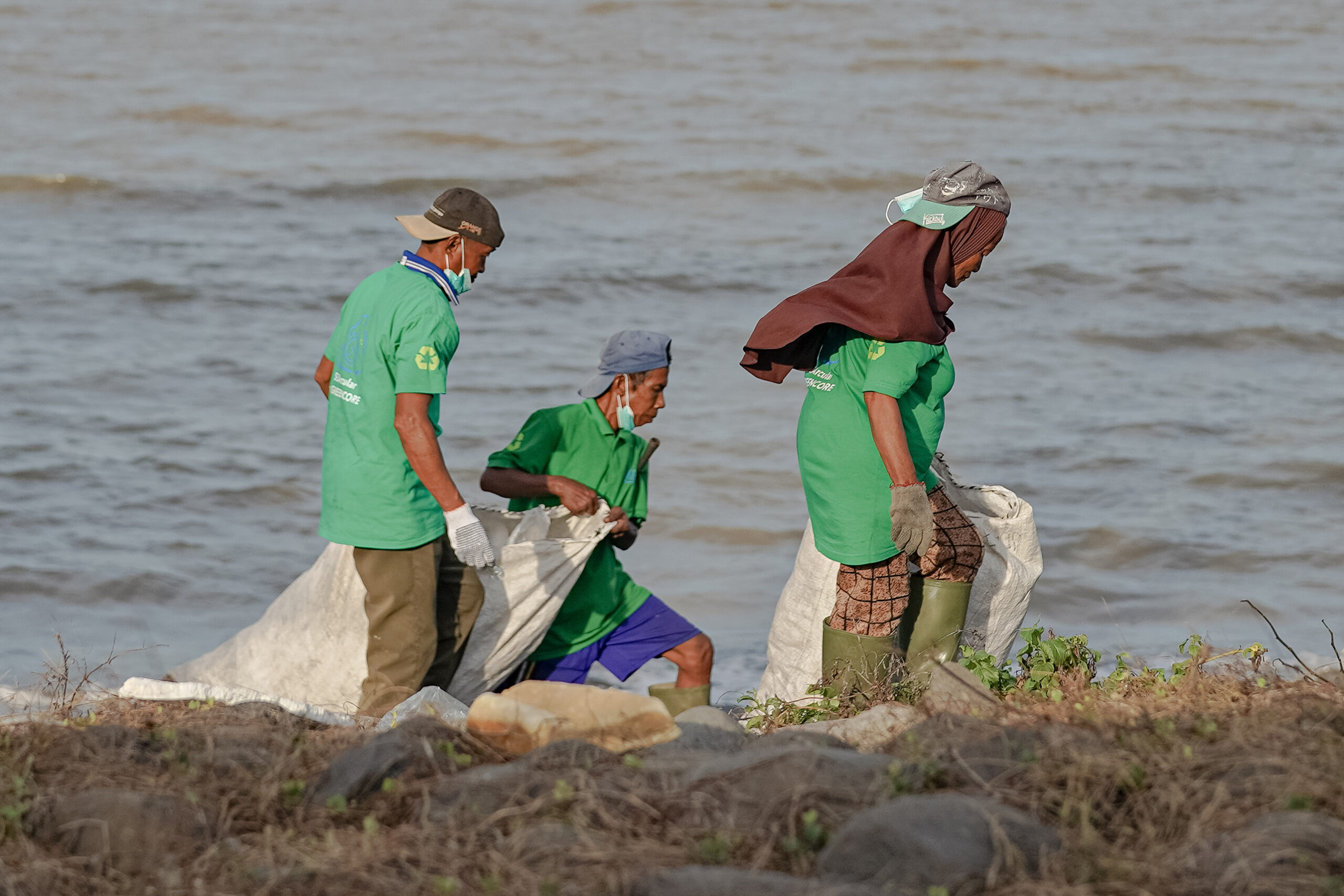The recycled PET market: many large buyers, but not enough collection
We know that of the 460 million tonnes of plastic consumed globally each year, just 9 per cent is recycled (1). Roughly 50 percent of plastic waste generated globally ends up in landfill; 19 per cent is incinerated, and the rest leaks into the environment (2). So what are the dynamics of the market for recycled plastic? Are these dynamics working to increase the recycling rate and build circularity in the production and consumption of plastic?
The widening supply-demand gap in the recycled PET market in particular would suggest not. Building commerciality – by facilitating the smooth transition of both materials and value across the entire plastic supply chain from post-consumer waste collection through recycled product manufacturing – is key to addressing this gap.
Market dynamics
Recycled PET is the most commonly recycled polymer (easiest to collect post-consumer, tends to be less contaminated, and reasonable margins) with a 40 percent share of global plastic recycling input capacity (3) . rPET global annual production capacity is around 20 million tonnes, centred in over 1,000 mechanical recycling plants generally located in urban areas, where plastic waste is easiest to collect and aggregate (4). rPET is predominantly used to produce textiles and bottles, with these two manufacturing sectors using 41 percent and 35 percent of all rPET molecules produced respectively (5).
Let’s take a closer look at the factors driving the demand for and supply of rPET.
On the demand side: in response to consumer and investor concerns over the plastic pollution crisis, most major brands using plastic in their supply chain have started to measure their plastic footprint and take mitigating actions. These actions include packaging redesign and light-weighting, reducing virgin plastic use, increasing reusability, and setting targets for recycled plastic content. A summary of these targets (and progress to date) for the top 10 plastic consuming brands is presented in Table 1 below (6). As brands strive to meet their targets, they are collectively expanding demand and increasingly competing with each other for available rPET, with the availability of food grade pellets being a particular pain point.
Table 1 – Targets and progress of the top 10 plastic packaging producers (7)
| Company | Plastic use (T) | Recycled Plastic Content | Progress |
| Coca-Cola Company | 2,961,254 | 50% by 2030 | 11.5% |
| PepsiCo | 2,350,000 | 50% by 2030 | 5% |
| Unilever | 690,000 | 25% by 2025 | 11% |
| Nestlé | 1,267,000 |
15% by 2025 |
4.2% |
| Procter & Gamble | 714,000 | 50% reduction in virgin plastic by 2030 | 3% increase in virgin plastic use (relative to 2017) in 2020-21 |
| Mondelēz International | 189,500 | 5% by 2025 | 0.3% |
| Philip Morris International | 127,000 | Halve the plastic litter from PMI products by 2025 | na |
| Danone | 716,500 | 25% by 2025 | 10.3% |
| Mars | 179,382 | 30% by 2025 | 0% |
| Colgate-Palmolive | 288,487 | 25% by 2025 | 10% |
New regulations are also driving demand for rPET – under the EU’s Packaging and Packaging Waste Directive, PET drinks bottles will be required to contain at least 25 percent recycled plastic from 2025, and 30 percent from 2030. This has prompted several members of the European beverage industry to call for a ‘first refusal’ mandate for rPET for the beverages industry in order to secure the supply required to meet these market and regulatory demands (and buffer against the ‘downcycling’ of food grade rPET into the textile industry).
And in April 2022, the UK introduced a tax on plastic packaging of £200 per tonne where recycled content is less than 30 percent. In the US, a tax of USD 0.20 per pound of virgin plastic used to make single-use plastics has been proposed.
On the supply side, collection is key to generating feedstock for rPET production – and this is where the supply bottleneck lies. “Informal” collection of post-consumer PET is labour-intensive, relying on networks of waste pickers to retrieve waste from land, waterways and dumpsites which must then be aggregated, sorted and transported. “Formal” collection by municipalities and private service providers requires sufficient volumes to justify investment in materials recovery and plastic recycling facilities; otherwise landfill or incineration is the end of life.
The rPET bottleneck (no pun intended) has been compounded by persistent global supply chain issues, labour shortages, and import bans – and these factors are now driving higher prices. European prices for post-consumer bottles reached record highs earlier this year, and flake prices rose around 10 per cent to reach €1,600 per tonne (8). In the US, food-grade rPET pellet prices have increased by 52 percent over the last year (9).
Rising rPET demand and prices are incentivising investment in new recycling capacity – Europe has seen a 21 percent increase in the installed capacity for PET recycling (10). The world’s largest rPET producer, Indorama Ventures, is raising its production target by 750,000 tonnes and is investing USD1.5 billion in additional capacity to achieve this by 2025. Whilst global rPET capacity is forecast to boom over the next five years, it will still fall short of the expanding demand from the packaging and textile industries.
Supply-demand gap
Despite rising prices and the addition of new recycling capacity, there is a persistent gap between the demand from packaging and textile companies for rPET and its supply. According to modelling work conducted by ICIS, at least 1,800 new rPET plants with an average output of 25,000 tonnes/year would be necessary globally to achieve the 2025 targets set by the major brands (11). In the US, it is estimated that there is a gap of nearly 500,000T between current US supply and projected 2025 demand for rPET for use in bottles alone (12).
A key to narrowing this gap is the continued commercialisation of the market for recycled plastic by facilitating the smooth transition of both materials and value across the entire plastic supply chain, from the post-consumer waste collection phase right through to the manufacturing of recycled products. This will require:
- Addressing the collection bottle neck – the EU has set a 77 percent target for the separate collection of plastics for recycling by 2025 (90 percent by 2029). This target is to be achieved through deposit return schemes or separate collection targets in Extended Producer Responsibility (EPR) schemes. Over 30 countries have now implemented EPR schemes which aim to set collection and recycling targets for plastic packaging producers. It is crucial that EPR schemes also drive improvements in the working conditions and livelihoods of the 12 million waste pickers working around the world in dangerous conditions for less than a living wage.
- Addressing the lack of transparency around feedstock quality and contaminants such that recycled material is seen by the market as a perfect substitute for virgin plastic, especially food grade (where the supply gap is the greatest). Customers are increasingly demanding certification of the recycled plastic feedstock they’re buying; the market and regulators need to facilitate this.
- Recycling capacity addition – increasing investment in new capacity needs to be facilitated. Plastic credits generated via waste management project certification under stringent standards such as Verra’s Plastic Waste Reduction Standard provide a mechanism for this. A project certified under this standard can be eligible to generate both plastic collection and recycling credits (if it is engaging in both activities). Revenue from plastic credit sales can be used by the certified project to invest in additional collection and recycling capacity.
A further benefit of a robust plastic credit mechanism is that brands may purchase these credits and use them as a fully audited offset against their plastic mitigation targets. For brands with ‘at risk’ targets due to rapidly expanding global rPET demand and persistent supply constraints, credits are an attractive interim solution. It is anticipated that the UN Global Plastic Treaty will include a credit trading mechanism when it is implemented in late 2024.
Plastic Collective is working with many projects and brands to incorporate certified plastic credits into their sustainability programmes – please contact us if you’d like to know more (see also our recent blog on how plastic credits work) .
(1) https://www.oecd.org/newsroom/plastic-pollution-is-growing-relentlessly-as-waste-management-and-recycling-fall-short.htm
(2) https://www.oecd.org/newsroom/plastic-pollution-is-growing-relentlessly-as-waste-management-and-recycling-fall-short.htm
(3) (see (recycling magazine))
(4) https://www.recycling-magazine.com/2022/07/06/plastics-recycling-how-to-square-supply-and-demand/
(5) https://www.spglobal.com/commodityinsights/en/market-insights/blogs/petrochemicals/022621-us-plastic-recycling-pet-bottles-packaging-waste-investment
(6) https://www.breakfreefromplastic.org/wp-content/uploads/2021/10/BRAND-AUDIT-REPORT-2021.pdf
(7) Note that Procter & Gamble and Philip Morris International have not set recycled plastic content targets; their alternative targets are presented here. (8) https://packagingeurope.com/news/rpet-prices-reach-record-high-across-europe/6953.article
(9) https://www.icis.com/explore/cn/resources/news/2022/03/04/10740575/insight-2022-to-be-a-pivotal-year-for-us-r-pet-market
(10) https://packagingeurope.com/news/how-will-the-pet-industry-deliver-its-sustainability-targets/7803.article
(11) https://www.recycling-magazine.com/2022/07/06/plastics-recycling-how-to-square-supply-and-demand/
(12) https://recyclingpartnership.org/the-recycling-partnership-announces-first-ever-u-s-circular-economy-roadmap/
(13) https://www.sea-circular.org/news/new-wwf-report-on-plastic-packaging-focuses-on-epr-solutions/#:~:text=More%20than%2030%20countries%20have,example%20of%20an%20effective%20solution
